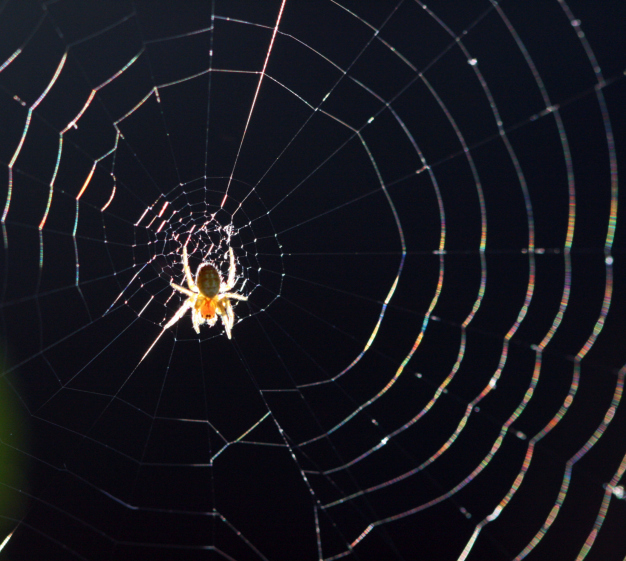The U.S. Fish and Wildlife Service has determined a blind, cave-dwelling spider does not merit protection under the Endangered Species Act. The FWS found the Warton’s Cave meshweaver, is not distinct enough from other types of spiders to merit protecting.
Twenty Years to Decide
Fish and Wildlife’s decision took 20 years. In 1994, animal conservation organizations, including the Wild Earth Guardians petitioned the FWS to list the spider as endangered.
“Finally, FWS got a listing decision right,” Kathleen White, director of the Texas Public Policy Foundation’s Armstrong Center for Energy and the Environment, said.
ESA Flaws Remain
While praising the decision, White pointed to problems with the Endangered Species Act.
“Preserving the existence of animal and plant species in great danger of extinction . . . seems like such a good idea until one looks more closely at how the federal government implements the Endangered Species Act,” said White. “Throughout the more than 40-year history of this law, the feds have little to show for assertion of their power to halt major public works projects like overpasses, bridges, reservoirs, and roads.”
“Like all environmental laws, science is supposed to control the government decision to protect a species as endangered. This should be a wise approach,” White explained. “The quality of such science, however, is often no better than a Boy Scout troop’s weekend expedition to count squirrels, bugs, or plants might yield.”
“Unfortunately, many species have been listed as rare and then later to be found in abundance, or found not to even be a species but a single bug that looks a touch different than cousins,” White added. “Fortunately, the U.S. Fish & Wildlife Service declined to list the Warton’s Cave meshweaver because the science was inadequate. Unfortunately, it took the feds 20 years to reach this conclusion.”
Long Time Frame Is Typical
Myron Ebell, director of the Center for Energy and Environment at the Competitive Enterprise Institute, noted the 20-year decision-making timeline is common.
“If we hadn’t seen this before with other species, it would be incredible that it took the Fish and Wildlife Service 20 years to discover the Warton’s Cave meshweaver spider is not a separate species.”
EPA, Activist Collusion
Ebell noted listing decisions are often made by agency bureaucrats friendly to the land-planning desires of environmentals. Federal bureaucrats often use “sue-and-settle” deals to grease the process, he explained.
“The Obama administration agreed to a court settlement with radical environmental groups that requires the Fish and Wildlife Service to review and decide whether to list several hundreds of species within a few years,” said Ebell.
H. Sterling Burnett ([email protected]) is managing editor of Environment & Climate News.





